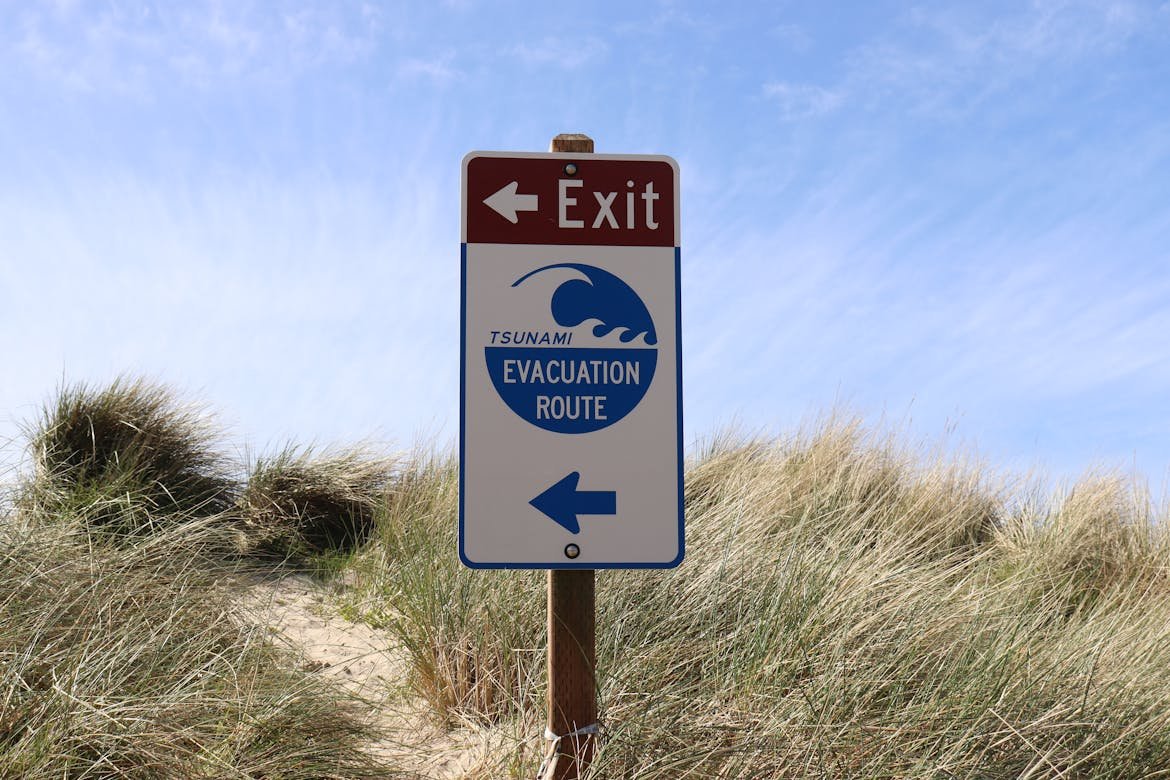
A powerful 8.3-magnitude earthquake struck Russia’s Kamchatka Peninsula early Wednesday, sending tremors across the Pacific and prompting widespread tsunami alerts. The quake, one of the strongest in recent years in the region, led to waves reaching parts of Japan’s eastern coast and as far away as Hawaii.
Japan quickly issued evacuation orders in several coastal areas, especially in Hokkaido and northern Honshu, where waves up to 1.5 meters were recorded. While no significant damage was immediately reported, transport infrastructure and travel operations were thrown into disarray. Multiple rail lines were temporarily halted, and coastal roads were closed as a precaution. In Hawaii, the Pacific Tsunami Warning Center reported waves of around half a meter, leading to temporary closures of beaches and some coastal businesses.
Tsunami Disrupts Regional Travel Plans
Airports across northern Japan saw delays and cancellations as authorities assessed runways and terminal facilities for damage. ANA and Japan Airlines both confirmed flight disruptions, particularly for routes serving Sapporo, Kushiro, and Sendai. The Japanese government urged travelers to avoid non-essential trips to affected coastal regions until the situation stabilized. Meanwhile, travelers already in the area reported long lines at transport hubs and difficulty accessing accommodation due to precautionary evacuations.
In Russia’s Far East, where the quake originated offshore near the Kamchatka Peninsula, local authorities evacuated low-lying settlements. Although the epicenter was in a sparsely populated area, the shockwaves were felt across the wider region. Russian airline Aeroflot confirmed rerouting of several domestic flights, and cruise lines scheduled to pass through northern Pacific routes are now considering diversions.
Travel Impact Reaches as Far as Hawaii and the U.S. West Coast
Though far from the epicenter, Hawaii felt the impact of the Pacific-wide tsunami ripple effect. Several coastal parks, hotels, and tour operators shut down operations temporarily, and officials advised residents and tourists to stay clear of beaches and waterfronts. On the U.S. mainland, the National Weather Service reassured the public that there was no immediate threat to the West Coast, though agencies remained on alert.
Travel agencies and airlines across the Pacific Rim are monitoring the evolving situation, and many are offering waivers or free rebooking for affected passengers. The incident highlights once again how interconnected global travel has become – and how quickly natural events can ripple across continents.
As seismic monitoring continues, travelers are urged to follow guidance from local authorities, monitor travel advisories, and remain flexible in their plans. Whether journeying to Japan, exploring Russia’s remote eastern frontiers, or relaxing on Hawaiian beaches, safety and situational awareness remain essential during such events.




